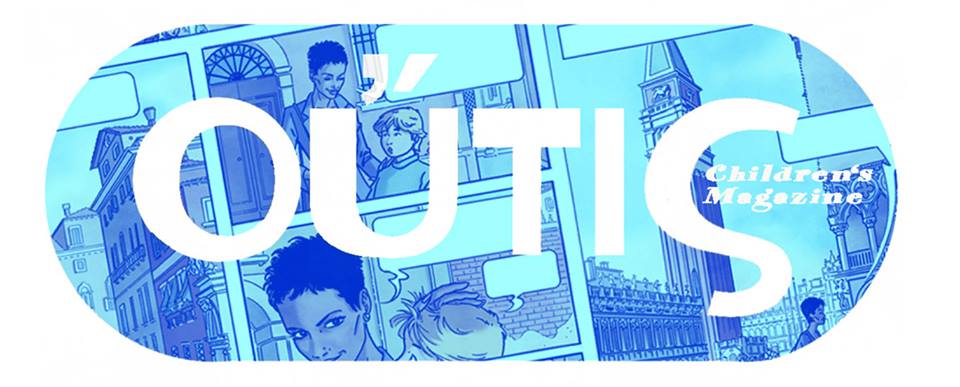
Van Gogh drinks Italian coffee
Vincent Van Gogh drinks Italian coffee in our drawing.
Vincent Willem van Gogh (Dutch: [ˈvɪnsɛnt ˈʋɪləm vɑn ˈɣɔx] 30 March 1853 – 29 July 1890) was a Dutch Post-Impressionistpainter whose work had a far-reaching influence on 20th-century art. In just over a decade he produced over 2100 artworks, including around 860 oil paintings. They include portraits, self portraits, landscapes, still lifes, olive trees, cypresses, wheat fields and sunflowers. He was largely unnoticed by critics until his suicide, aged 37, following years of anxiety, poverty and mental illness.
Never say ‘espresso’. Which reminds me, thou shalt not use the word espresso. This a technical term in Italian, not an everyday one. As espresso is the default setting and single the default dose, a single espresso is simply known as un caffè.
Born into an upper-middle-class family, Van Gogh was thoughtful, intellectual and made drawings as a child. As a young adult he was both deeply religious and keenly aware of modernist trends in art, music and literature. He spent several years in his 20s working for a firm of art dealers in The Hague, London and Paris, often drifting in ill health and solitude, not painting until his late twenties. His first major work was 1885’s The Potato Eaters, which contains few signs of the vivid colourisation that distinguished his later work. In 1886 he moved to Paris and discovered the French Impressionists. From then his paintings grew brighter in colour as he developed a style that became fully realised during his stay in Arles in 1888.
Viewed as a failure in his lifetime, Van Gogh’s highly expressive paintings, and spontaneous vivid colours, broad oil brushstrokes, emotive subject matter and early death have led to his position in the public imagination as the quintessential misunderstood genius. His widespread critical, commercial and popular success began after his adoption by the early 20th-century German Expressionists and Fauves. Despite a popular tendency to romanticise his ill health, art historians see an artist deeply frustrated by the inactivity and incoherence caused by frequent mental sickness. His posthumous reputation grew steadily during the 20th century; today he is remembered and revered as an important but tragic painter.

